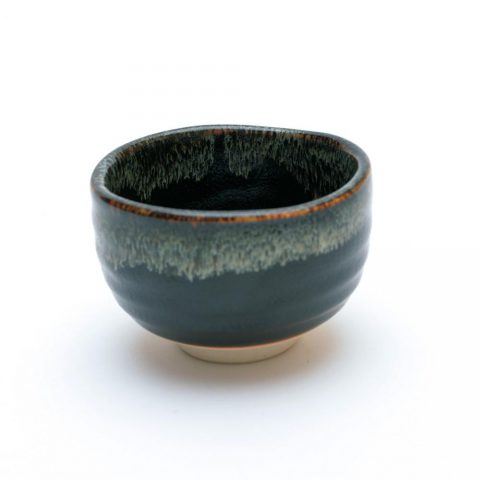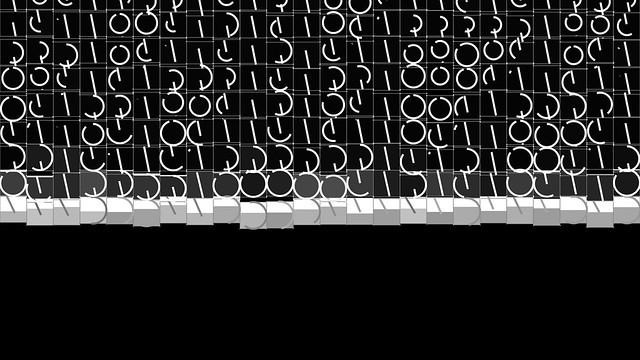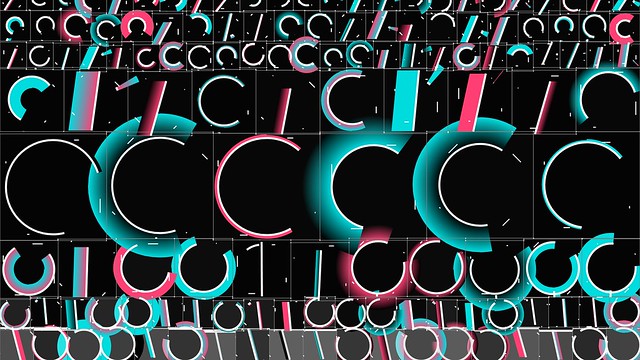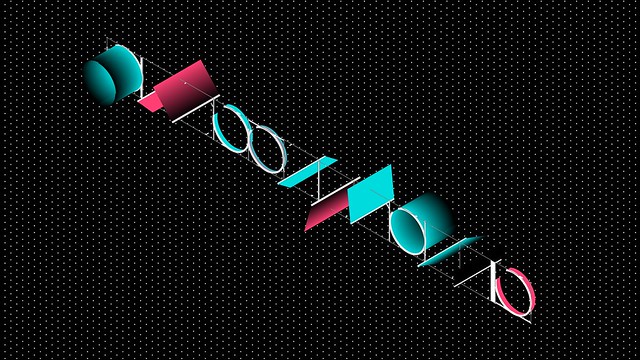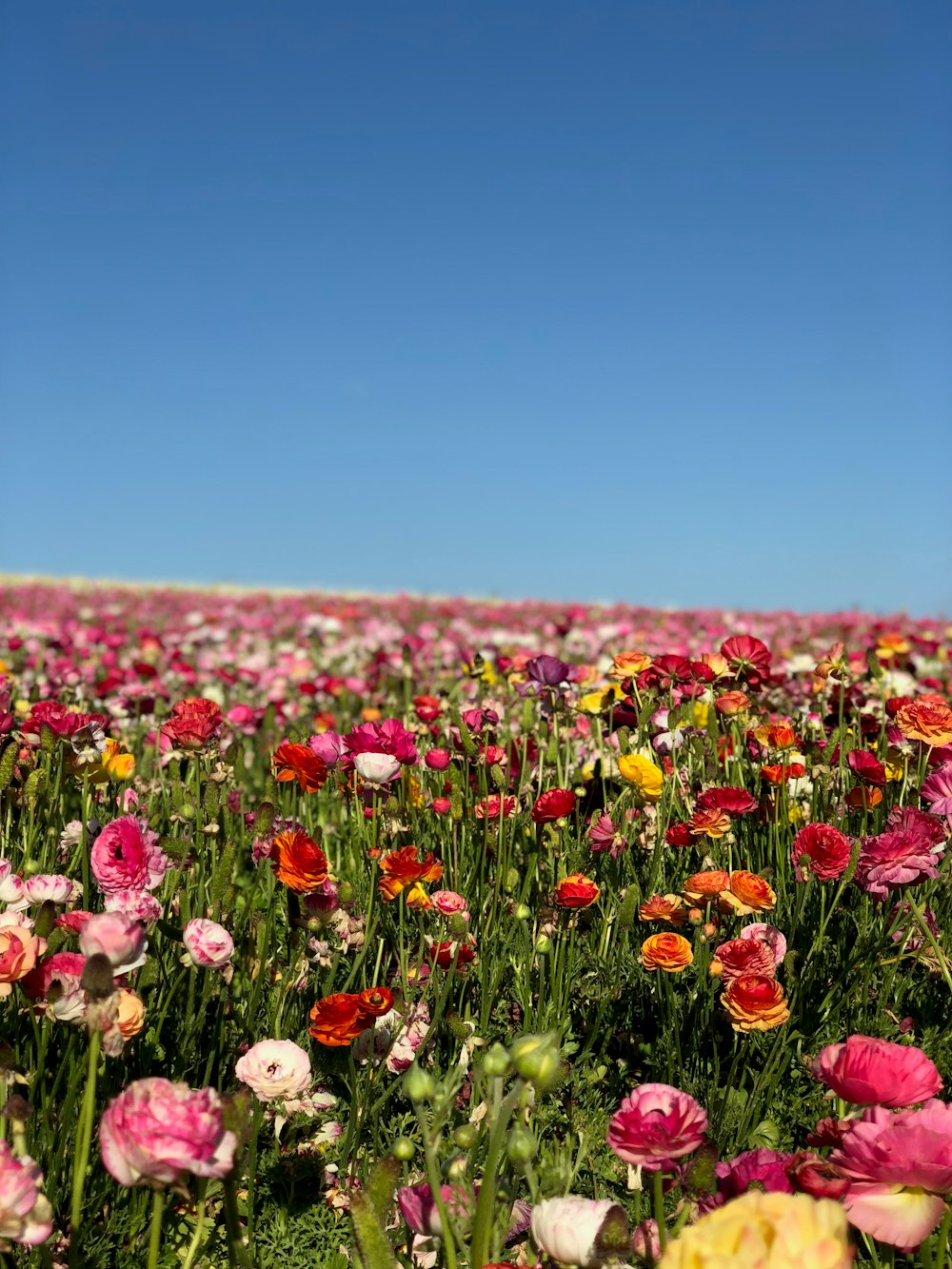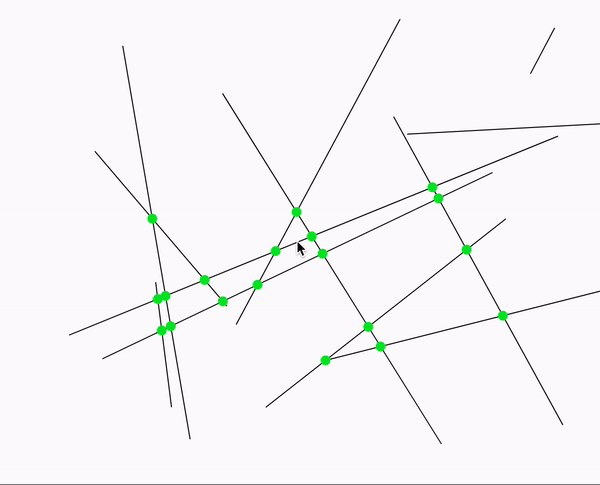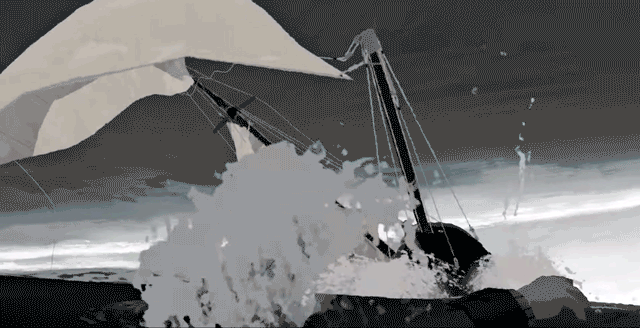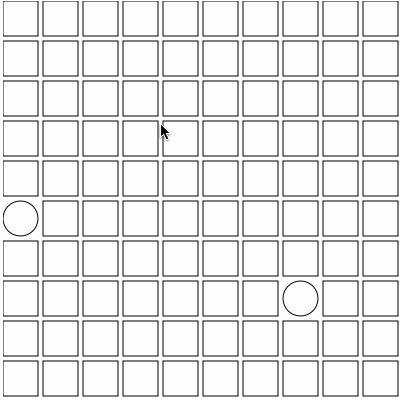02-Reading:
Question 1A.
This is a plaster cast of an ant hill. Ants are known to have a complex social system that bestows on each ant a certain simple task. On an individual level, it can be difficult to observe how their actions contribute to the colony's complicated organizing principles (i.e. to make underground tunnels, or to organize themselves into a water repellant lattice). I think the effective complexity of an ant colony lies somewhere between fractals/L-systems and Genetic systems/A-life.

Question 1B.
I am currently working on training a neural network on a corpus of Susan Sontag's (a personal literary 'hero' of mine) writing to create a simple tool that aids my understanding of This idea arose not as a postmodern statement against the empire of "The Author" nor did it come from a desire to make a tool that produces a unique textual artifact. I am making this tool to feel 'closer' to Sontag, to somehow tease out answers to questions I have about her thoughts, her writing practice, in the form of generating new "content" from what she left behind. At the same time, I know that what this tool generates encounters the bowls of oatmeal problem. While the text I have been able to generate is different each time, I am not sure why it is so, or what to 'ask' of the tool to make it generate something more specific--basically, the feedback I get from my neural network is limited, so I must rely on my own knowledge of Sontag's work to guide my tool. This is not really an issue for me since I want this tool to be mediated by a human. Anyways, I am still working on some of the issues around generative text and would love to learn more about the discussions
